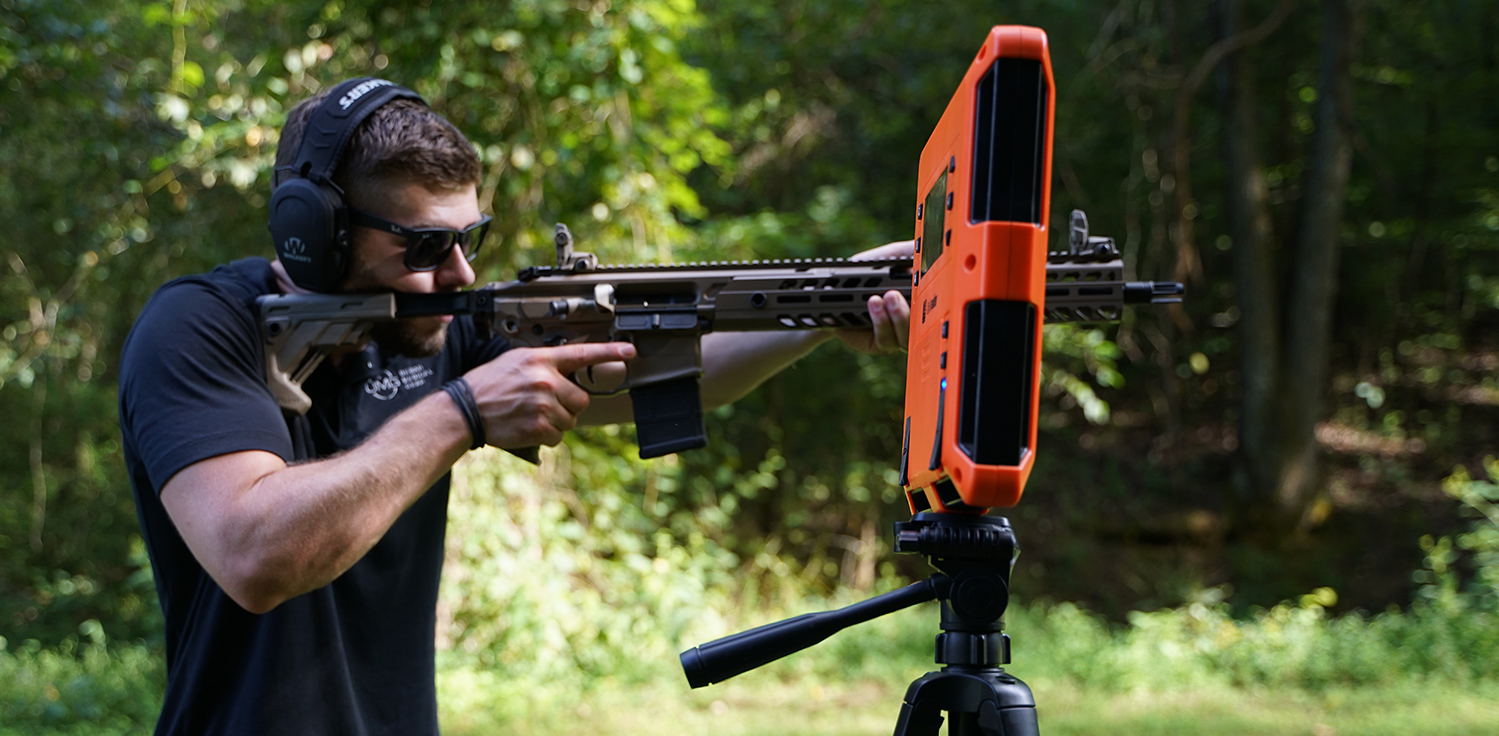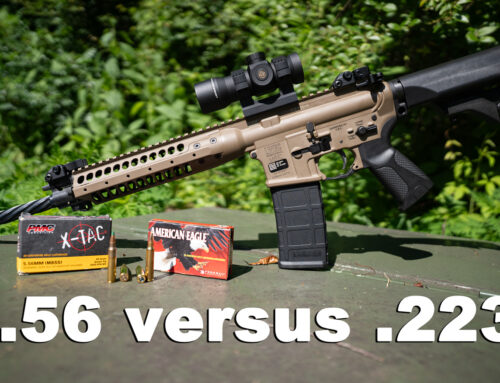If you were held down and forced to choose a winner between 300 AAC Blackout vs. 308 Win, which one should you crown?
They are the market’s two leading 30 caliber cartridges at the moment, but they’re far from an apples to apples comparison to one another. Fortunately no one’s going to hold you down, at least not for such a stupid reason, but understanding the difference between 300 Blackout and 308 Win could inform your next firearm purchase.
Background: 300 Blackout vs 308

The 308 Winchester hit the scene in 1952, and it is in essence a shortened version of the military’s original 30-06 Springfield. “308 Win” is the commercial name for the 7.62×51, and while the two differ slightly most shooters consider them equivalent to one another. 308 ammo is America’s most popular hunting cartridge, although its value during warfare is indisputable.
The 300 Blackout is a derivative of the 300 Whisper that got its SAAMI specs in 2011. It’s designed in part to emulate the performance of the 7.62×39 round, but also to function in an AR-type platform. The 300 Blackout’s lower muzzle velocity, flash, and report than 5.56×45 suit it especially well for self-defense.
Performance Comparison

The critical difference between 300 Blackout ammo and 308 Win are the sizes of their propellant charges. The 2.8” long 308 Win accommodates about 40 grains of propellant, which gives its 150 grain bullet a 2,750 fps muzzle velocity out of a 16” barrel. In contrast, the 2.26” long 300 Blackout has approximately half as much propellant, so its 110 to 150 grain bullet has a muzzle velocity around 2,250 fps. There is no dispute: The 308 Win is the more powerful of the two cartridges.
The 308 Win accordingly has greater range and stopping power, and is better for hunting when you would rather drop a distant whitetail with one shot. The 300 Blackout, on the other hand, is easier to control with its significantly lesser recoil and muzzle rise. It is better suited for a self-defense situation where you can’t support your rifle while firing it, and a practical choice for varmint hunting as well.
Evaluation of the 300 Blackout’s performance would be incomplete without taking its subsonic capabilities into consideration. A subsonic 300 Blackout load may have as few as eight grains of propellant and a 200 grain projectile. As the result it doesn’t break the sound barrier when it is fired. In conjunction with a suppressor, a subsonic 300 Blackout load’s report and muzzle blast will become even lower. That can make training more enjoyable, and even provide an advantage in certain tactical situations.
Firearms
Semi-automatic rifles chambered for either 300 Blackout or 308 Win are both readily available. The 308 Win is a popular cartridge among fans of the FN FAL and AR-10. The latter is especially popular owing to its affordability and ease of use. You will find far more hunting rifles chambered for 308 Win than 300 Blackout, if only because 308 Win has been around so much longer.
The 300 Blackout is relatively newer, so fewer rifles support it. The AR-15 is by far the most popular semi-automatic firearm chambered for 300 Blackout, and converting a preexisting rifle to 300 Blackout is simple.
300 BLK vs. 308: The Takeaway
In short, 308 Win is better for shooting one thing that’s far away, while 300 Blackout is better for shooting multiple things close up. The question of 308 Win vs. 300 Blackout therefore boils down to a question of deer vs. home intruder. Will you use your next rifle to procure venison? If so, 308 Win is the right pick. Will your next rifle enter into your plan to clear out a room when the need arises? You could theoretically handle a 308 Win’s recoil under such circumstances, but the far more manageable 300 Blackout would prove the better companion.






Leave A Comment